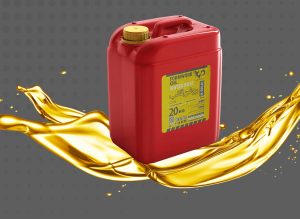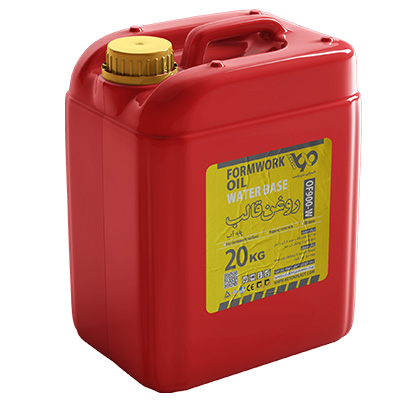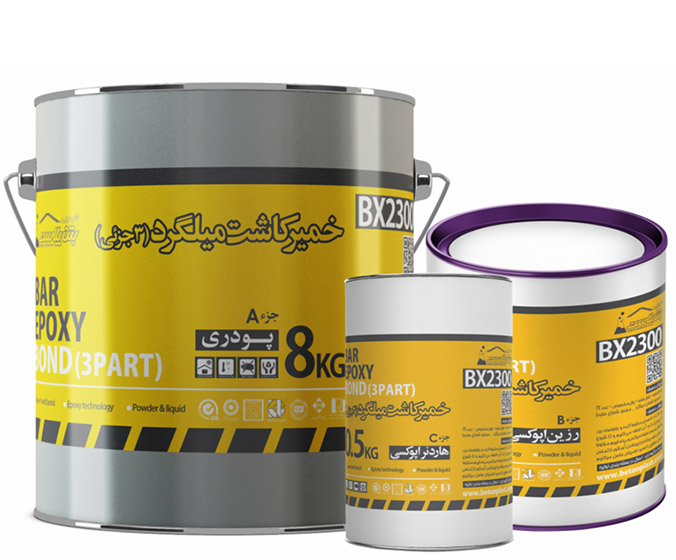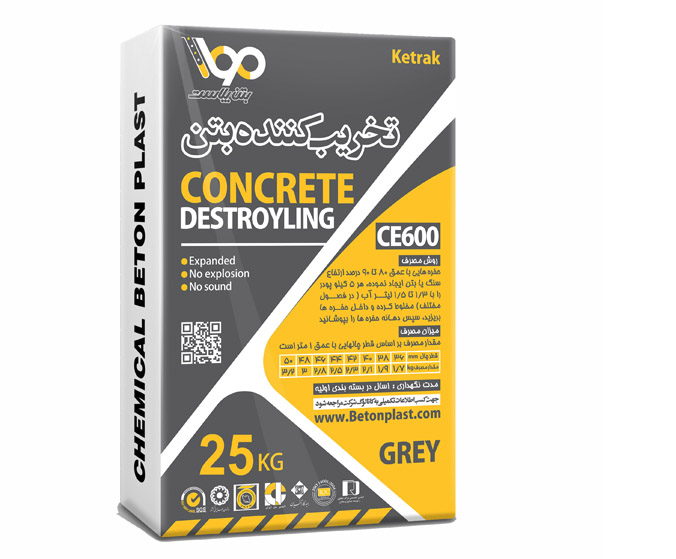Formwork Oil (water base)
- Enables better passage and movement of air bubbles in the vicinity of molds
- Non-toxic and non-flammable
Description
Formwork Oil (water base)
To ensure high quality concrete casting, it is essential to adhere to standards from the selection and mixing of materials to curing and maintenance. One of the crucial steps in this process is the concrete formwork, which involves the use of metal, wooden or plastic forms. The surface of the forms must be such that the concrete can be released easily and without compromising the quality of the concrete surface. To achieve this, it is necessary to coat the formwork surfaces with Formwork Oil (water base) before pouring the concrete. This prevents the concrete from sticking to the formwork and ensures a smooth and flawless surface.
Water-based mold release oil is a specially formulated and practical product made from water-based emulsion oil. It creates an ultra-thin film on the surfaces of metal, wooden, or plastic molds, facilitating the easy separation of the mold from the concrete. One significant advantage of this oil is its ability to prevent the formation of surface air bubbles in the concrete.
More products ; Other products
In traditional methods, burnt oil was used to coat the molds. However, this practice is now entirely obsolete. Compared to burnt oil, mold release oil offers several advantages, including:
- Facilitating the movement of air bubbles along the mold’s surface, reducing surface imperfections in the concrete.
- Preventing discoloration of the concrete surface.
- Maintaining adequate adhesion for painting or applying repair and waterproofing materials on the concrete surface.
These features make mold release oil a superior choice in the concrete formwork process.

Features Formwork Oil (water base)
- Enables easy separation of molds from concrete without the need for impact
- Facilitates the movement and release of air bubbles near the molds
- Allows for easy washing and cleaning of molds and tools using water
- Prevents discoloration on the concrete surface
- More cost-effective compared to similar methods
- Provides a uniform and effective coating on mold surfaces
- Increases the lifespan and durability of concrete molds
- Eliminates the need to remove adhered concrete from mold surfaces
- Does not cause contamination or negative effects on the concrete surface
- Has no adverse impact on the adhesion of paint, repair mortars, or waterproofing materials to the concrete
- Non-toxic and non-flammable
- Produces smoother concrete surfaces compared to moldings without release oil
- Environmentally friendly with no harmful environmental effects
- Does not negatively impact the final quality of concrete
- Odorless and free of harmful gases
- Highly biodegradable
Applications
- Suitable for use on metal mould surfaces
- Applicable on various types of wooden and plastic moulds
- Ideal for use on rubber moulds in the production of artificial stone
- Suitable for lubricating moulds of concrete sections that require waterproofing, insulation, or repair work after the moulds are removed
- Ideal for producing exposed concrete with a smooth and uniform surface
How to Use
Before using the mold oil, it is recommended to shake the container thoroughly several times or, if possible, mix it with a mechanical stirrer. The mold oil can be mixed with 50 to 100 percent water before application. Ensure that the mold surfaces are clean from any dust, concrete, or cement before applying the oil. If there are any concrete or mortar stains on the surface, clean them using methods like water jet (pressure washing) or sandblasting. The mold oil can be applied to the surface using a roller, brush, or spray. It is important to note that the water-based mold oil can be used directly without any dilution.
Technical specification table
| Appearance | liquid |
| Color | brown |
| Specific gravity | gr/cm3 0/85 |
| standard | CE 204 – CE 1407 |
| Ion chlorine | Doesn’t have |
Package
20 kg gallon




Reviews
There are no reviews yet.